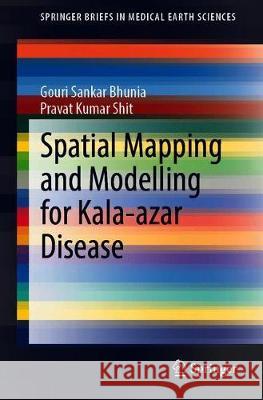Spatial Mapping and Modelling for Kala-Azar Disease » książka
topmenu
Spatial Mapping and Modelling for Kala-Azar Disease
ISBN-13: 9783030412265 / Angielski / Miękka / 2020 / 142 str.
Kategorie BISAC:
Wydawca:
Springer
Seria wydawnicza:
Język:
Angielski
ISBN-13:
9783030412265
Rok wydania:
2020
Wydanie:
2020
Numer serii:
000829183
Ilość stron:
142
Waga:
0.23 kg
Wymiary:
23.37 x 19.56 x 0.51
Oprawa:
Miękka
Wolumenów:
01











